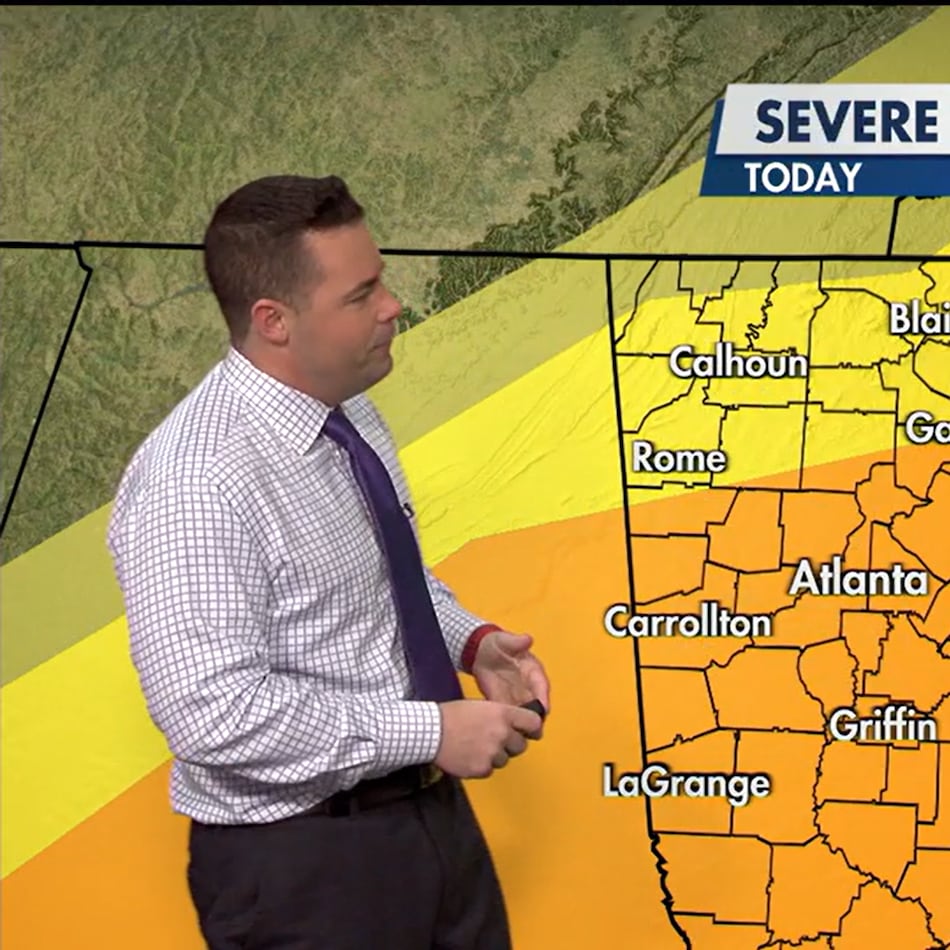Gov. Nathan Deal signed a bill into law Wednesday to cut unemployment benefits for Georgians.
Under House Bill 347, unemployment payments will drop starting July 1 from 26 weeks to a sliding scale of 14 to 20 weeks. The law also will increase the amount businesses are taxed for unemployment insurance.
The change means the state's payout period will be among the two shortest in the nation.
HB 347 was proposed because Georgia needs to repay more than $700 million it borrowed from the federal government to pay unemployment benefits during the Great Recession. The bill's backers said they wanted to do that without putting too much pressure on businesses still trying to recover -- while also making them share at least some of the burden.
The funding for unemployment insurance benefits comes from taxes paid by employers. People already receiving benefits will be grandfathered in, but anyone making new claims will be affected.
Opponents of HB 347 said during the legislative session that the state created the problem by giving unemployment insurance cuts to businesses for several years. Now, they said, the state is trying to make up for its mistake by taking money from the unemployed.
Georgia's unemployment dropped in March for the eighth straight month to 9 percent. The U.S. jobless rate is 8.2 percent.
About the Author
Keep Reading
The Latest
Featured


